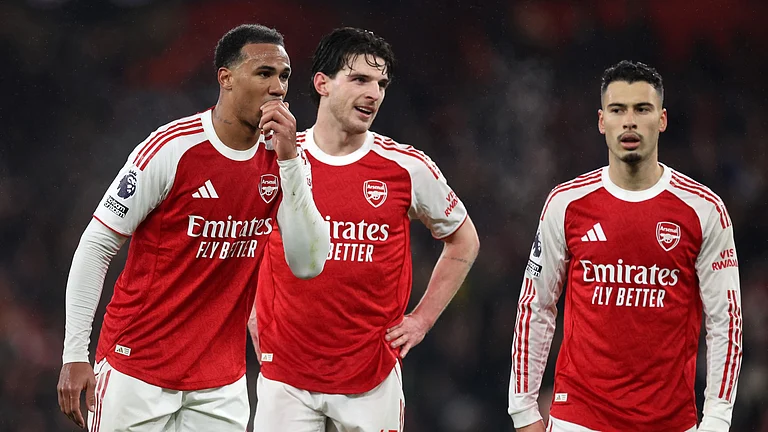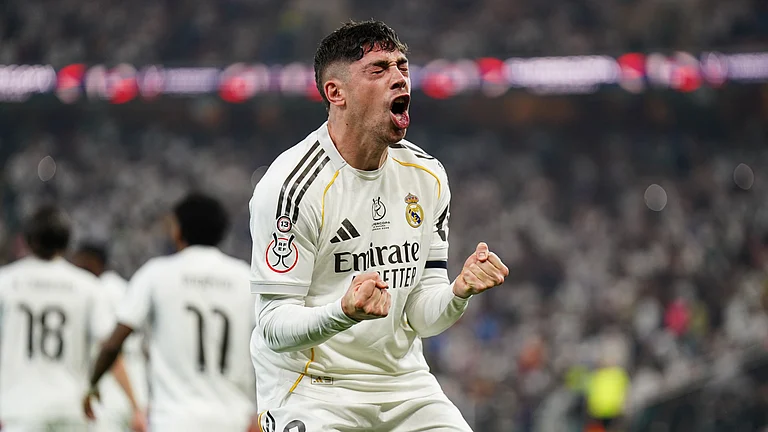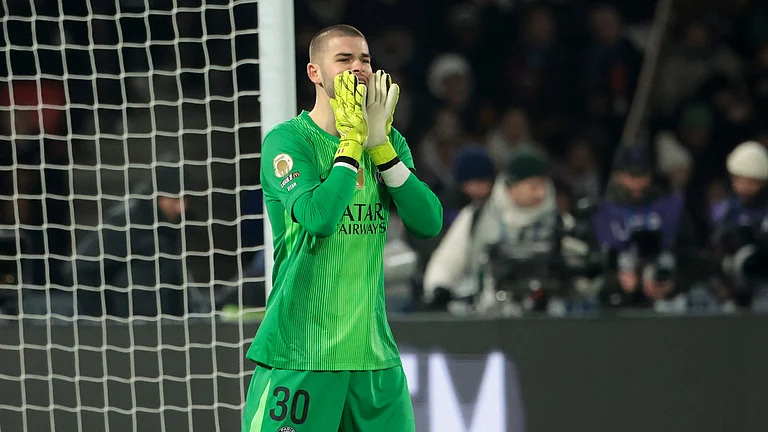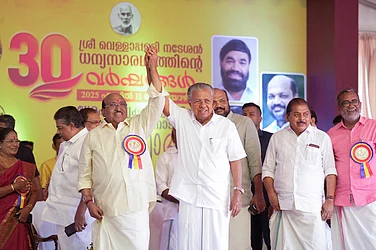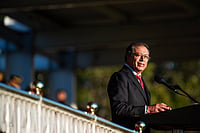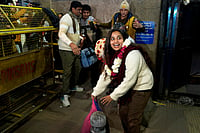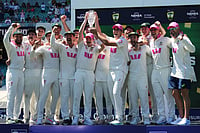In 13 years after Indira Gandhi's assassination, India has seen seven prime ministers. The list includes Atal Behari Vajpayee who was at the helm for about a fortnight, and I.K. Gujral, the third guinea pig of the coalition experiment in the first year of the 11th Lok Sabha. Only two PMs –
Rajiv Gandhi and P.V. Narasimha Rao -- completed their five-year terms and both left office tainted by corruption charges. After both tenures, the people voted in hung Parliaments.
V.P. Singh was a natural successor to Rajiv in December '89 as he took the initiative for a broad non-Congress alliance backed by the BJP and the Left. But Singh never trusted people outside his small Jan Morcha group, a tiny constituent of the National Front, consisting of Arun Nehru, Arif Mohammad Khan and Ashoke Sen. Singh, ill-advised by his coterie, isolated Chandra Shekhar and deputy PM Devi Lal. Eventually, it was this duo that split the Front and bagged the support of the 191-member Rajiv-led Congress to form a government under Shekhar in November '90.
Yet, Singh transformed himself into a Mandal messiah by suddenly announcing 27 per cent reservation for backward castes which jolted everyone, including the BJP. He tried to maintain a balance between the Left and the BJP by appointing their nominees as governors and ambassadors, but always refrained from debating policy issues outside his Jan Morcha circle or aides like then cabinet secretary V.C. Pande.
Rajiv did not take unprecedented electoral success as a mandate to become a dictator. In early '85, Rajiv charmed stalwarts in the otherwise truncated Opposition benches by accepting Madhu Dandavate's suggestion that those expelled from the party should not be disqualified under anti-defection law.
But in the second half of his tenure, Rajiv was a different man. The change was evident soon after the first Swedish Radio broadcast in April '87 about payoffs in the Bofors deal, and the rebellion by V.P. Singh, a senior cabinet colleague. And Parliament was no longer friendly. Yet, he tried to be transparent, encouraging debates in the cabinet and in the party on organisational and policy matters. Gopi Arora was the most trusted bureaucrat on policy matters. Rajiv suffered politically after he fell out with his confidant Arun Nehru who sided with V.P. Singh. Also, the fear of a presidential sanction to prosecute him on Bofors made him insecure.
Chandra Shekhar -- a man without a mandate -- was perhaps the most effective PM. All because he was ever willing to face problems head on. Bringing Muslims and Hindus to the negotiating table on Ayodhya and keeping Parliament informed were among his major feats. He gave bureaucrats autonomy but warned they would be held accountable. Yet, when he quit, the aura of efficiency was sullied by corruption charges against most of his cabinet colleagues.
Unlike Chandra Shekhar, Rao made 'consensus' his major concern as long as he headed a minority government. But July 1993 and three defections from the Opposition gave him an absolute majority. Rao avoided Parliament, earning the sobriquet of an absentee prime minister. What harmed his image was his proximity with people like Chandraswami and N.K. Sharma.
As for H.D.Deve Gowda, the humble farmer from Karnataka, he turned to C.M. Ibrahim for political feedback, and to Rao and Chandra Shekhar for guidance. He imported senior officials from his home state and deployed them in the IB, CBI and PMO so that he could feel at home in Delhi But Gowda had to pay the price, not for failing to tackle a feuding coalition, but for refraining to stoop before one 80-year-old man in a hurry, Sitaram Kesri.








